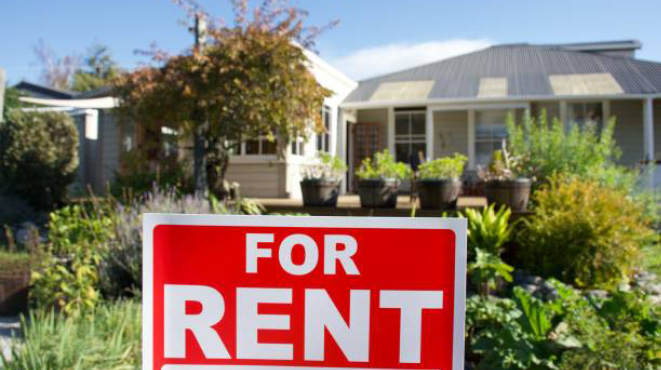FROM THE REAL ESTATE INSTITUTE OF QLD
Obscenely tight rental conditions continue in Queensland according to the latest Residential Vacancy Rate Report released by the Real Estate Institute of Queensland (REIQ).
The REIQ report covers more than a decade of quarterly vacancy rates for 50 local government areas (LGAs) and sub regions in Queensland, with the March 2023 quarter showing sustained historically tight rental conditions and mostly minor fluctuations from the previous quarter.
Of the 50 regions, 11 remained at the same rate, 13 grew slightly tighter, while the majority of 26 relaxed slightly, indicating improved but still limited rental options.
This saw the state-wide vacancy rate rise marginally from 0.8 per cent in the December 2022 quarter, to 0.9 per cent in the March 2023 quarter, still well short of the ideal 2.6 – 3.5% healthy rate.
Interestingly, the vacancy rate climbed slightly in most of Queensland’s tourism centres and coastal regions. A standout was Noosa which shot up substantially from 1.2 per cent to 2.3 per cent, just shy of the healthy rate, while neighbouring Gympie region also rose from 0.7 per cent to 1.1 per cent.
Mount Isa tipped into a healthy 2.6 per cent rate for the first time since the onset of the pandemic, while Gladstone held the highest rate of the regional centres at 1.8 percent.
REIQ CEO Antonia Mercorella said while the March quarter results offered some rental market relief, most of the state was a long way off from being out of the woods.
“Queensland is still worlds away from a healthy rental market and a grossly insufficient level of housing supply is squarely to blame,” Ms Mercorella said.
“When we’re witnessing these very tight vacancy rates persisting right across the state, it’s highlighting the importance of ensuring that we keep levels of property investment up so that we can maintain rooves over the heads of our growing population.
“We desperately need more rental properties but investors are not being encouraged to put their savings into property – on the contrary, often they’re being deterred and punished.”
Ms Mercorella said that despite the heavy reliance on private investors in the rental space, dangerous behaviour towards investors was continuing.
“Alarmingly, talk of rent control and imposing greater restrictions on the owners of rental properties is being touted as the solution to the rental crisis,” she said.
“Making investment less appealing and demonising investors is not the right solution. We should be focussed on the underlying cause of the rental crisis and increasing housing supply, including social housing.
“Queensland spends the least per capita on social housing and even with the Housing Investment Fund it will only rise to second last. This under investment reached its nadir from 2015 onwards and has had a direct correlation with the crisis today.
“We’re about to embark on the phase two rental reforms, and just as in phase one, the REIQ will be advocating strongly for fair and balanced residential tenancies legislation in Queensland that support all stakeholders involved in rental relationships,” she said.
“It’s a delicate balancing act making sure that the laws provide adequate protections for tenants and also that they allow a certain amount of flexibility and freedom to property owners to ensure that they are prepared to keep providing their property as a private rental.”


